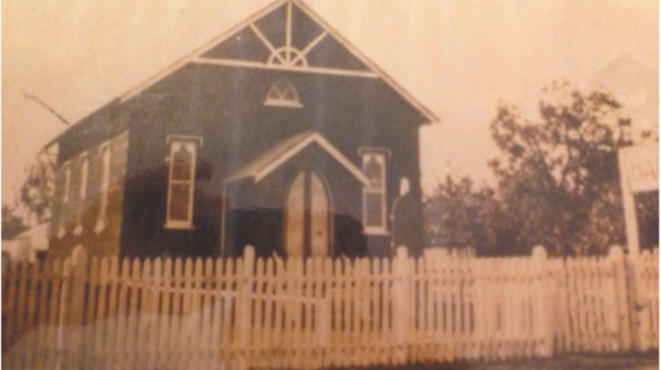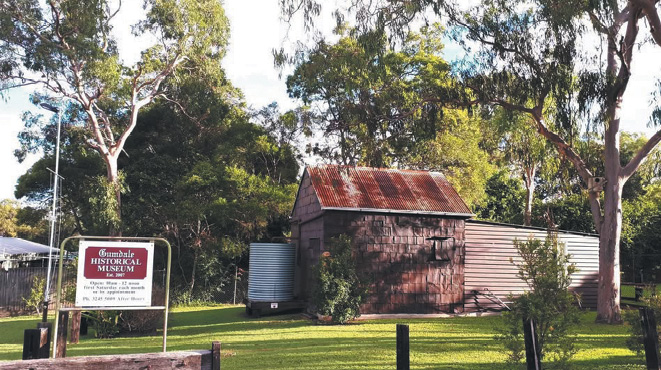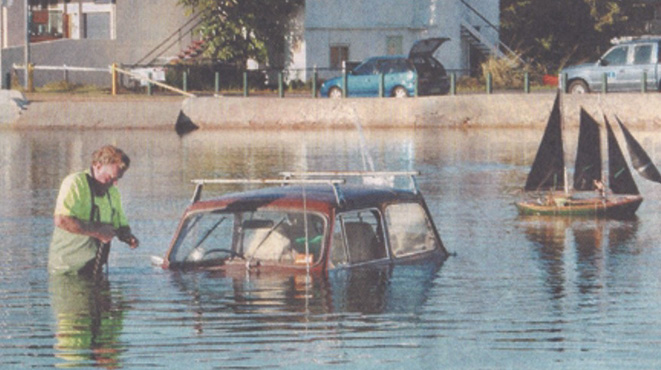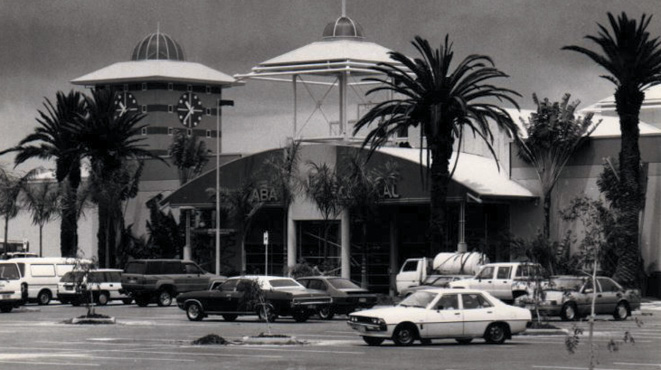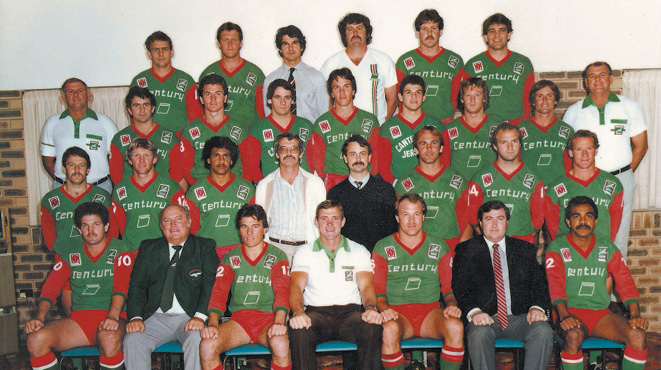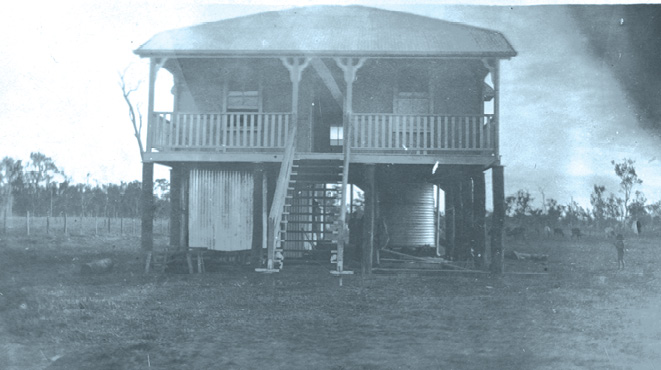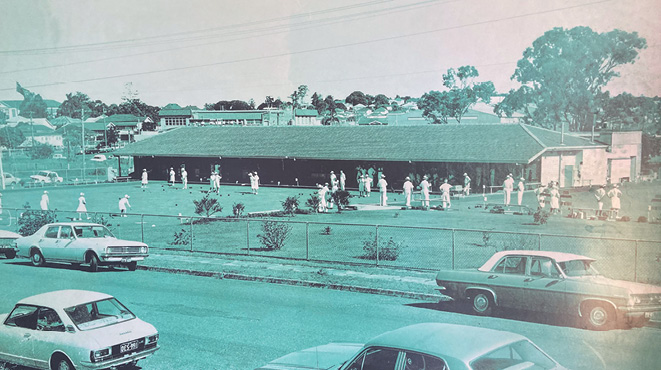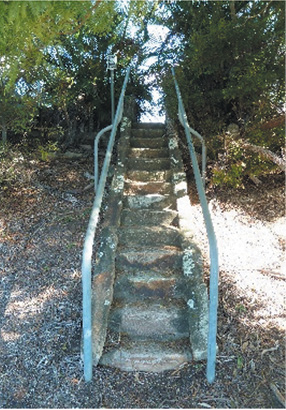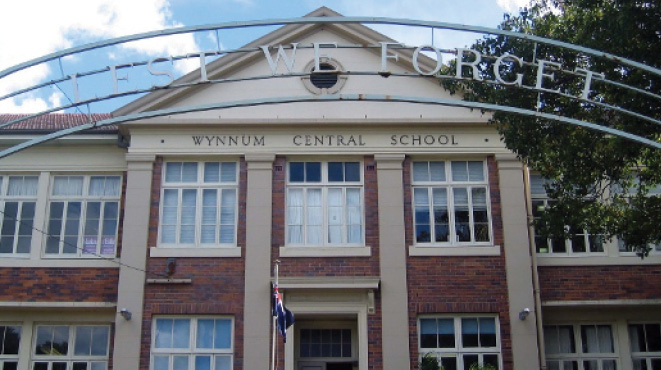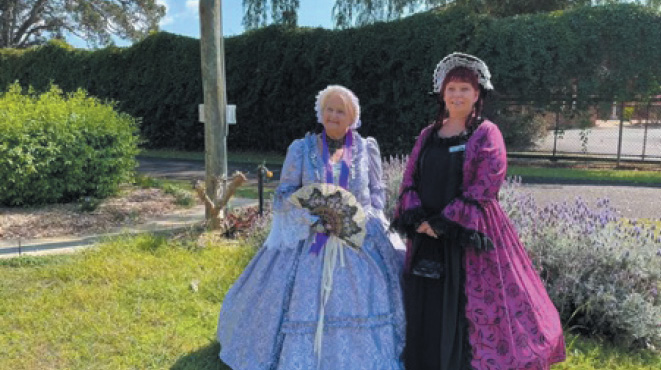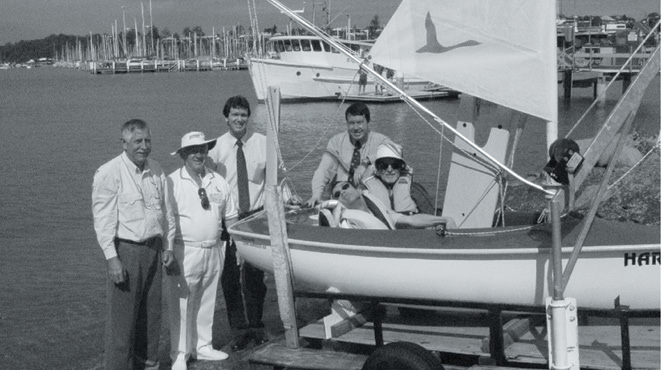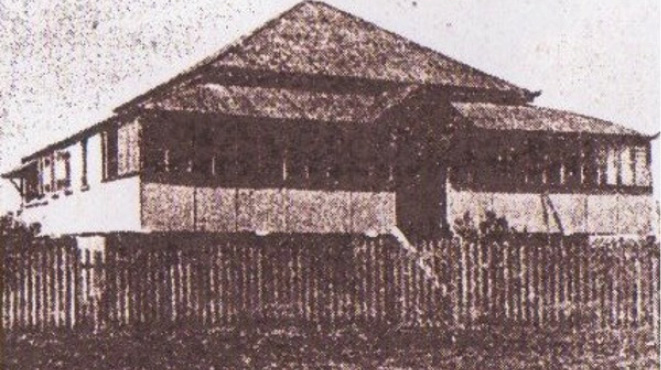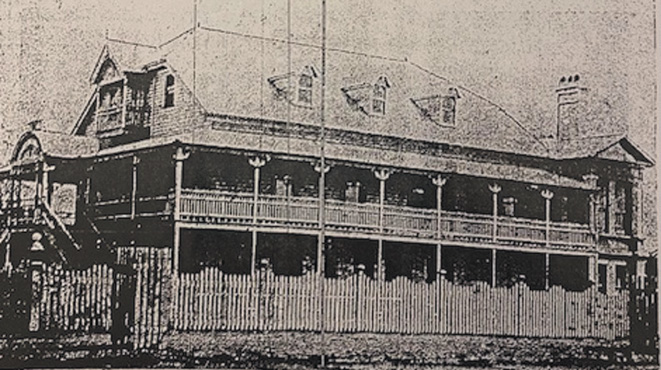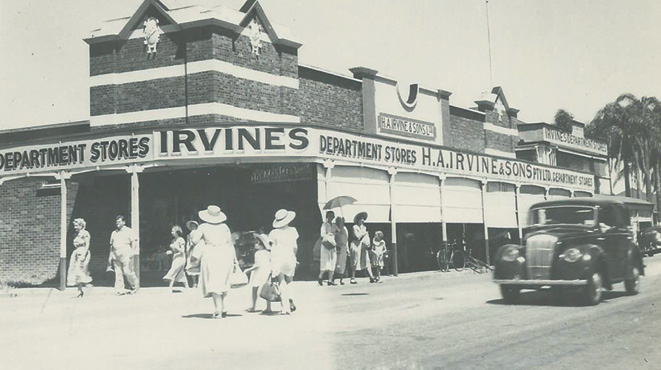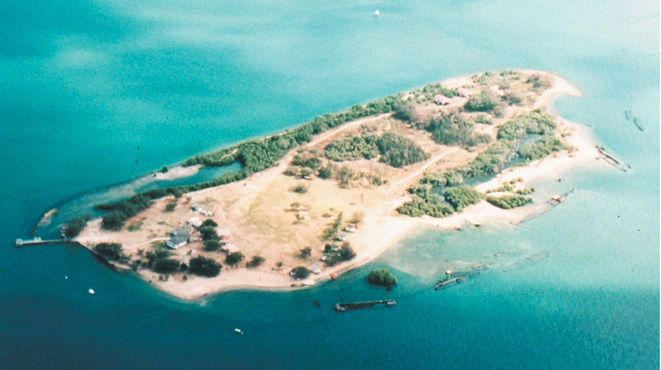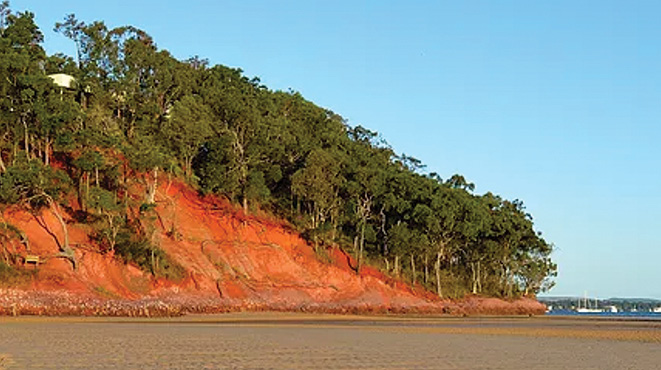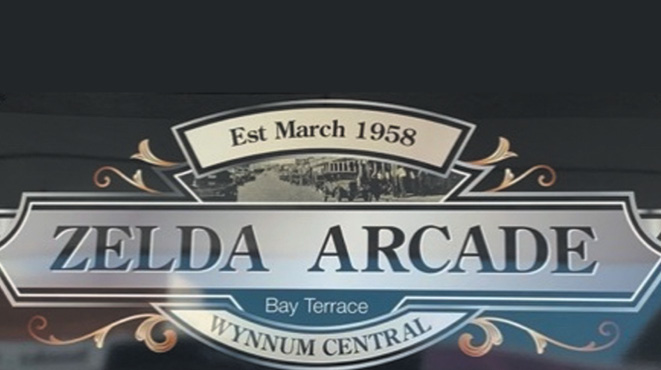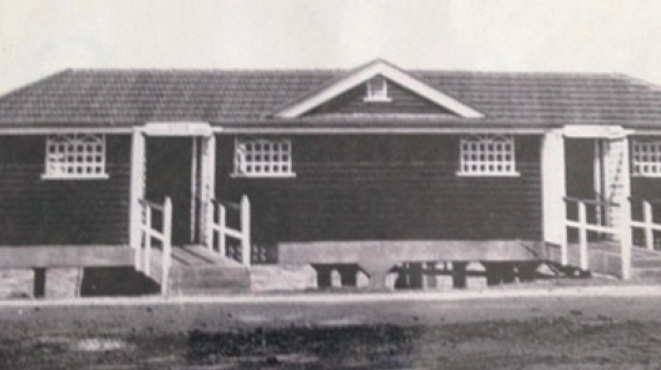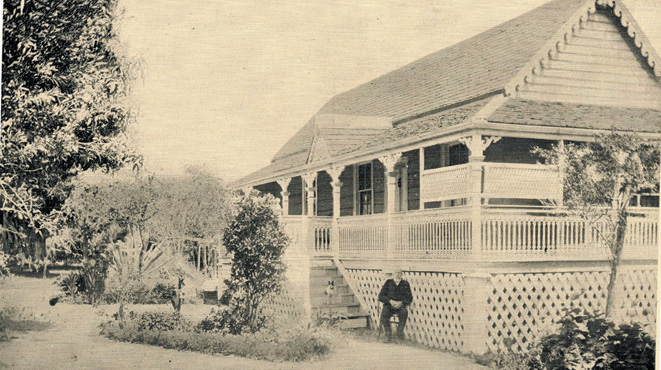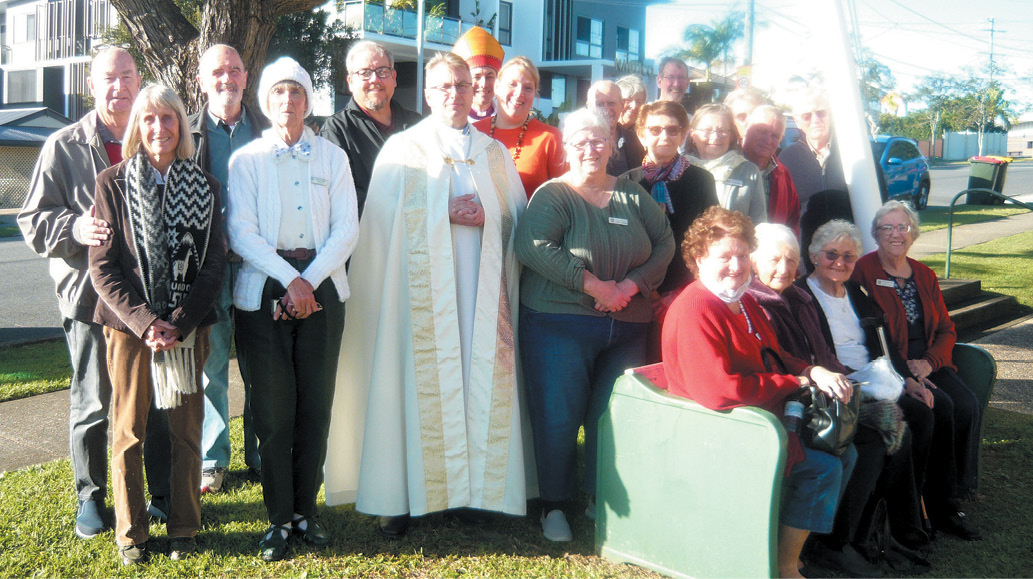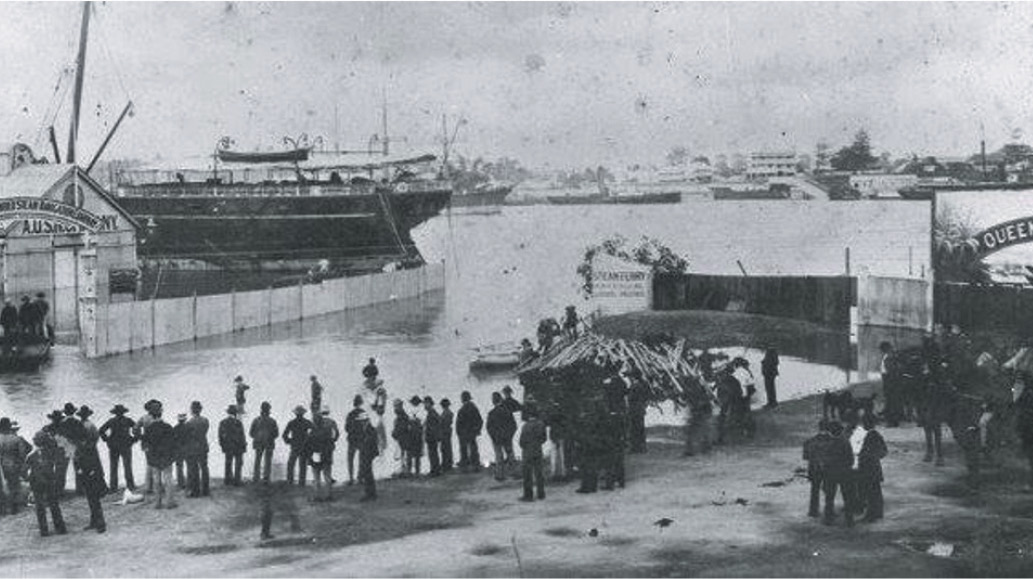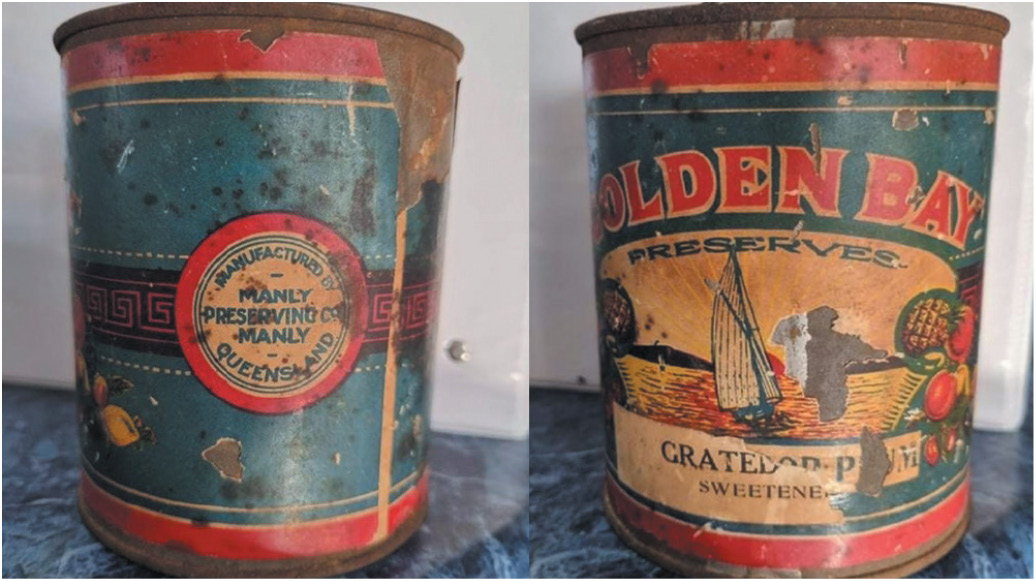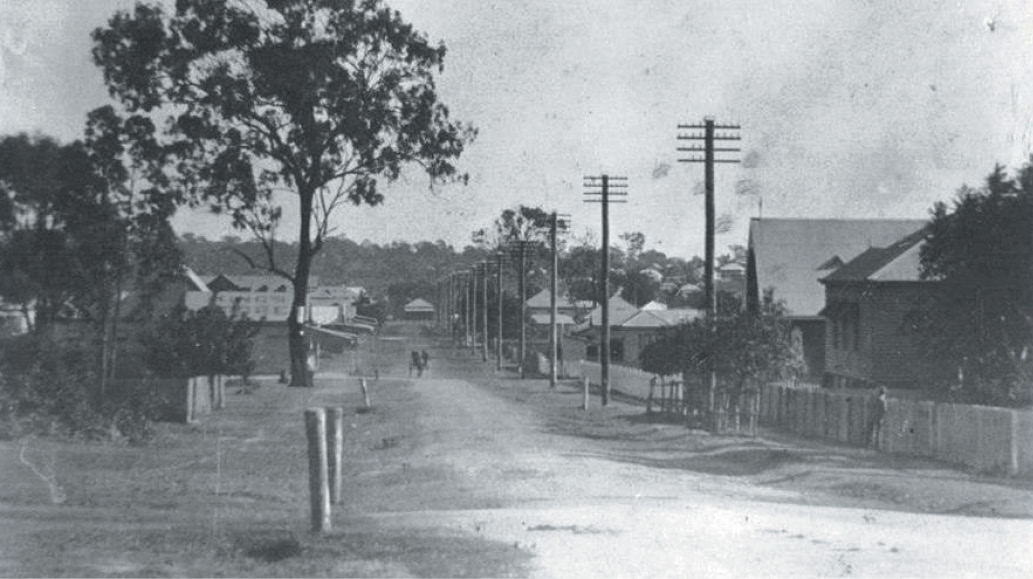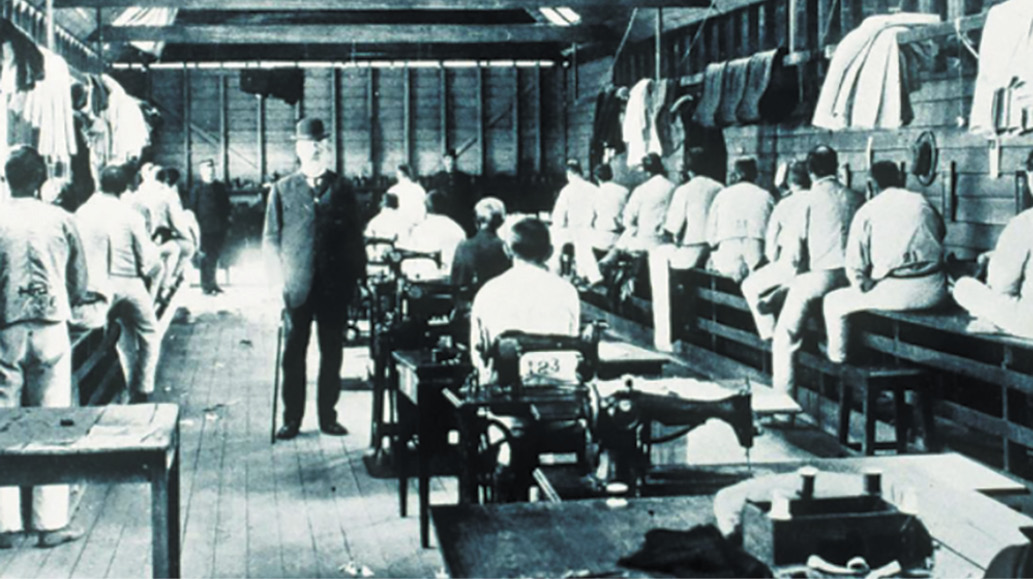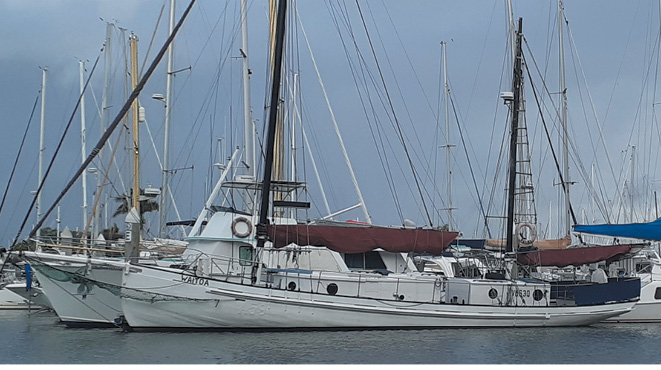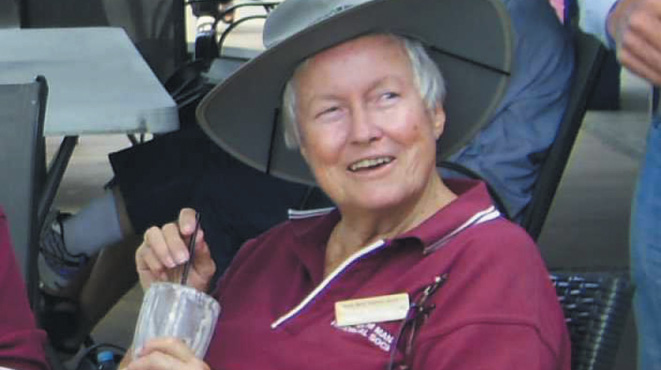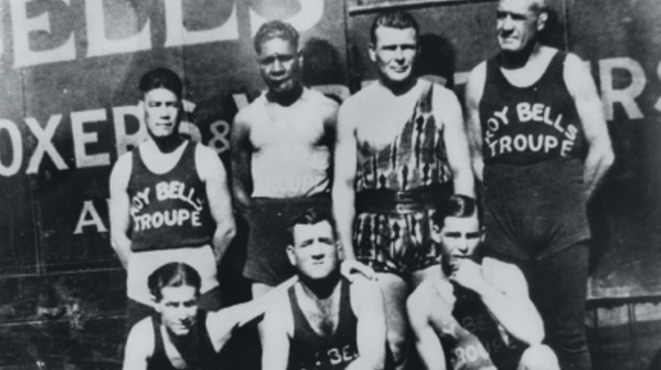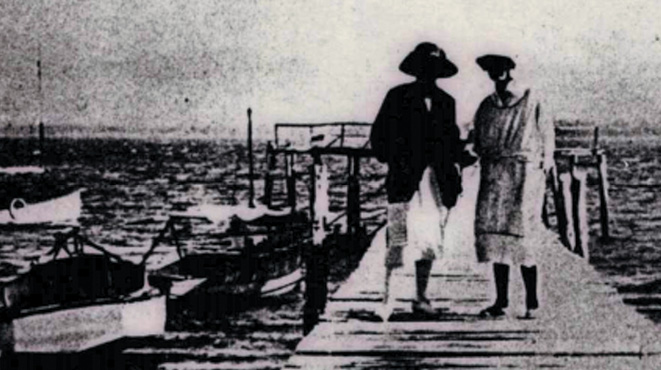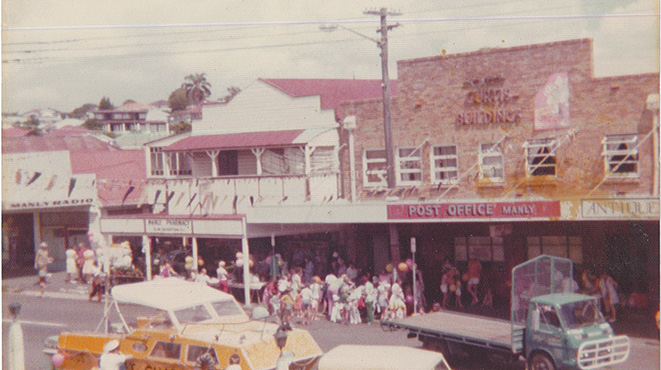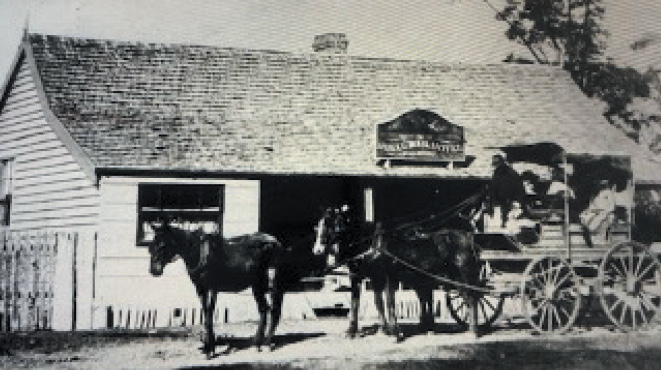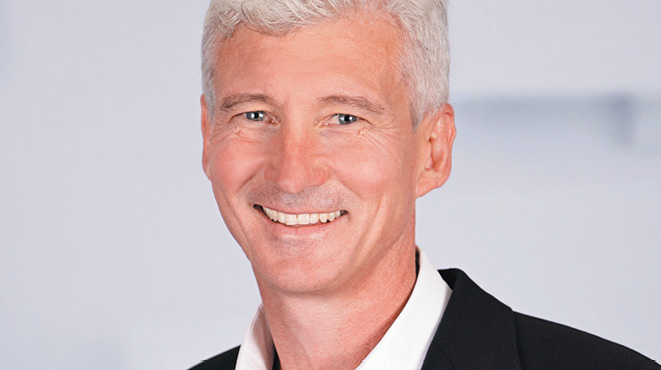Baptist Church, the “Butterbox”, in Edith Street, 1912.
CONTRIBUTED BY WYNNUM MANLY HISTORICAL SOCIETY INC.
Between 1820 and 1840, the number of Catholics in Australia increased at a far greater rate than the number of Protestants. In 1846, Rev John Dunmore Lang travelled to Britain to recruit suitably qualified Protestants as free settlers for “Cooksland” with the promise of gifts of land.
Thomas Sands and his family arrived in Brisbane on the first immigrant ship, the ”Artemisia”, in 1847. However, no land was forthcoming. The new settlers lived in Fortitude Valley. Thomas set up meetings in his home for those of the Baptist faith.
Joseph Sands, the grandson of Thomas Sands, was employed as Shire Clerk and Engineer of Wynnum in 1907. He also invited the local Baptists into his home, the Shire Clerk’s Cottage, for the first meetings. The cottage still stands on Tingal Road.
The Wynnum and Manly Baptist Mission declared its foundation day on 5 November 1910, and the first public service was held a month later in the shire hall. An early preacher, Mr Harbottle, the proprietor of a bicycle repair shop in Brisbane city, peddled nineteen kilometres to Wynnum, then returned to the city after the service. Joe Sands was secretary and treasurer of the Mission.
By 1912, the Mission was seeking a suitable piece of land to build a place for worship. Three blocks were purchased for £60. Two blocks were on Edith Street and one block behind on Florence Street. The Florence Street block was sold for a profit. Edith Street had been gravelled by then, and there were a few gas streetlights.
Tenders were called for a small square building. Fencing and lining of the church were excluded to be able to afford to pay for seating. A loan was negotiated with the Brisbane Permanent Building and Banking Company. The Baptist Association of Queensland underwrote the debt.
The community was invited to the stump-capping ceremony, held on 5 October 1912, when confidential sums of money were placed under the loose metal stump caps (the caps prevented termites from entering the timber of the building). In total, £38 was collected – quite generous for those times – and this allowed for the lining of the front and back walls of the new building.
The church was opened and dedicated on 21 December 1912. In six months, the number of children attending the Sunday School rose from seven to 25 pupils, with Joe Sands as the superintendent. By 1915 there were 70 pupils.
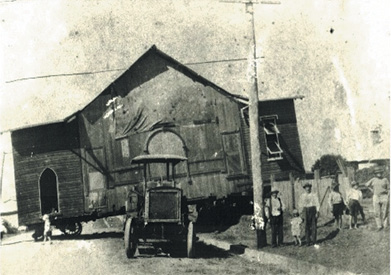
The church was still operating as a Baptist Association of the Queensland Mission, and the elders wished to upgrade to a Church Fellowship. A constitution was drawn up and submitted. The church became recognised as the Baptist Church in Wynnum on 25 January 1914, with 11 founding members (eighty years later, in 1994, a lectern was presented to the church bearing the names of those founding members). By July 1918, the church became an independent establishment.
As the church grew in members, the building needed to grow in size. The original square “butterbox” building was extended at the rear in 1916 by W Rice and Sons. In 1925 a substantial hall was attached at the rear costing £450; the contract being with Mr W E Cowell. This was an unlined building but was very functional.
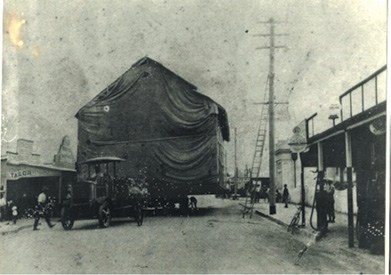
Wynnum was developing as a commercial centre, and Bay Terrace had become the main thoroughfare. Church elders desired a more prominent location in the town, but land on Bay Terrace was too expensive. The church was on a backstreet (Edith Street).
In 1930, generous immigrants, Mr and Mrs Humphries, although Presbyterians, offered the church two valuable plots of land on the corner of Bay Terrace and Clara Street. This was exactly the type of location the church had been seeking but could never afford. The offer was gladly accepted by the congregation. But one condition was attached to the offer: the site was to remain the permanent site for the Wynnum Baptist Church.
After considering costs, the decision was made to move the old church to the new site rather than build a new church. A contract was given to local removalists, Guyomar and Wright. Plant and tools available to removalists in the 1930s were still remarkably primitive. The prime mover was an old truck with solid rubber tyres. The stumps of the old building were loaded, too, to keep the truck’s wheels on the ground and maintain the necessary traction.
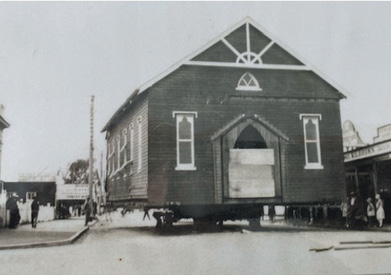
The hall to the rear was unfixed, and the hall and the church were moved in two separate journeys and re-joined at the new site. The frontage on Bay Terrace was remodelled to enhance the appearance by adding two side porches for entry. The help from the church congregation was amazing. The electric light, the plumbing works and the painting were all donated.
This new situation for the church was perfect. On a Sunday evening, people stopped and listened in the darkness outside. Many entered, attracted by the bright lights and the singing.
The property directly behind the church, on the corner of Akonna Street and Clara Street, belonging to the McNulty family, was placed onto the market In 1963 at the reasonable price of £6,500. The proceeds of the Jubilee Fund were redirected to buying this strategic site.
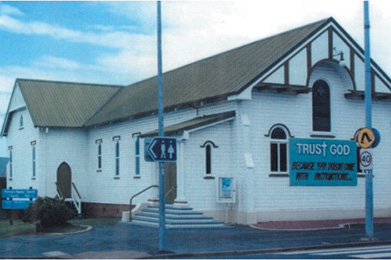
For some years, before the new brick church was built, the house on this new land was used as part of the Sunday School. The new brick church was opened on 28 June 1975. The building cost £70,000, and three church members voluntarily paid the costs of seating and carpeting.
By 2006, yet again, the elders realised that the premises for worship were too small for the number in the congregation. A larger area of land on Kianawah Road, Lindum, was acquired, with plenty of room for parking. The opening ceremonies for the new buildings were held on 8 March 2006.
After much controversy, the building of 1912 (moved to Bay Terrace in 1930) was left behind. The land and church were sold to BMD to build its new headquarters.
Any day now, the remains of the original 1912 parts of the church building on Bay Terrace are to be relocated to the grounds of Iona College in Lindum, and the construction of the new five-storey BMD building will commence on the Bay Terrace site.

